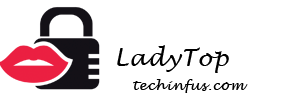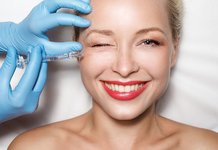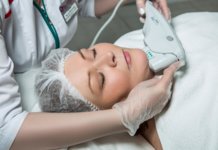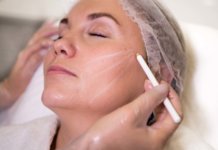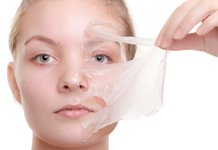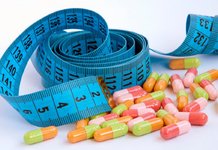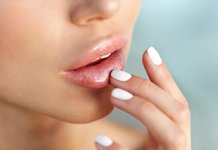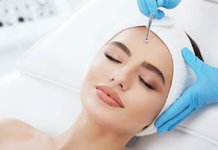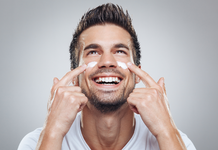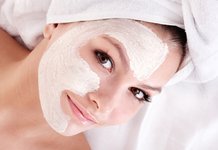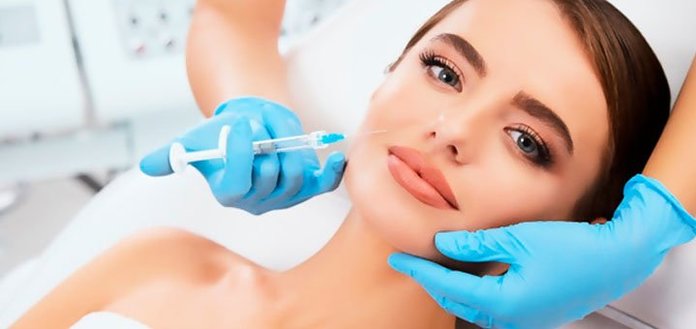
Unfortunately, the aging process is irreversible. It cannot be avoided, but it can be paused or slowed down. To date, cosmetology offers a huge number of different procedures to combat age-related skin changes. One such procedure is an invasive technique called biorevitalization.
This method involves injecting hyaluronic acid into the skin. The result of such a cosmetic procedure is moisturizing the skin, whitening and slowing down the aging process.
It is important to know not only when and under what conditions to carry out such a procedure, but also how to care for a person after biorevitalization so that the effect lasts as long as possible. Also, proper care helps to avoid some unpleasant consequences that may occur after the procedure.
Preparation for biorevitalization
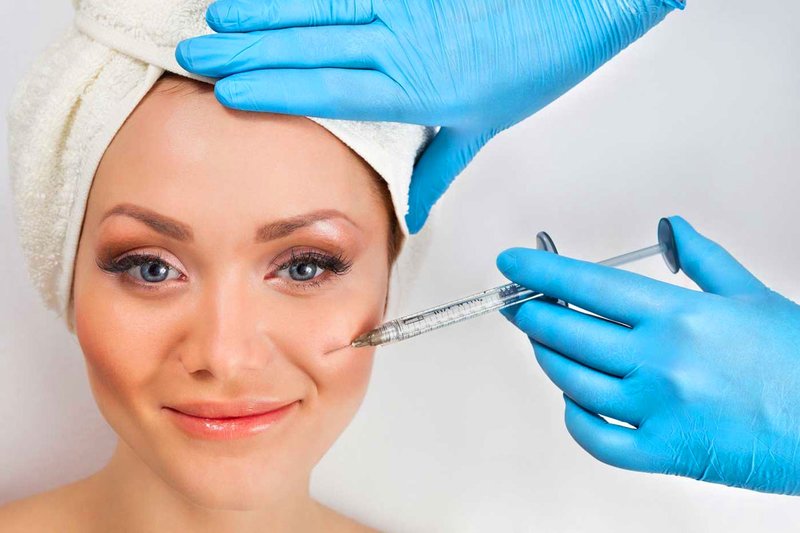
In order to understand whether you should use the biorevitalization procedure, you need to know what its indications for use are.
It is recommended to resort to such a procedure after 25-30 years. Indications for:
- With dryness and dehydration of the skin, because of which flabbiness occurs;
- As a preventative measure, manifestations of skin aging. Usually, such a procedure is used by people who are exposed to harmful factors: UV radiation, a sharp change in temperature conditions, stress and bad habits that invariably affect the condition of the skin;
- As a restorative after skin-traumatic procedures. For example, laser resurfacing or chemical peeling;
- To eliminate age spots, circles and swelling under the eyes, improve skin tone.
Needed to narrow pores to prevent increased sebum secretion.
The biorevitalization method has no time limits and can be done at any time of the year. Preparation for the procedure is very simple.
For several days, you must abandon the following:
- Smoking and alcohol;
- Coffee, black tea, energy;
- Visits to the solarium and the beach;
- Anticoagulants, even of plant origin (blood thinners);
- Sleeping pills and sedatives.
To prevent edema, subcutaneous hemorrhage and papules, it is necessary to strengthen blood vessels and capillaries with vitamin K.
If in the planned period before the procedure exacerbation of any disease occurred, the procedure must be postponed. TO contraindications holding include:
- Viral diseases;
- Skin rashes of any etiology;
- Autoimmune disorders;
- Fungal diseases;
- Bacterial diseases;
- Epilepsy;
- Damage to the skin of any etiology;
- Fever;
- Oncological tumors;
- Allergy to the drug;
- Prenatal and lactation.
On the days of the menstrual cycle, the pain threshold is reduced, so the procedure can be delayed, since it can be more painful.
A course of 3-5 biorevitalization procedures is usually required, a break between which is 2-3 weeks. Preparing for repeat sessions is the same as for the initial one.In the pauses between the procedures, you can use moisturizers with hyaluronic acid.
Hyaluronic acid is part of our cells. She is responsible for moisturizing the skin. With age, the cells produce it less and less, and the skin becomes flabby and dry. As a result, wrinkles appear. And the biorevitalization procedure delivers hyaluronic acid to the lower layers of the epidermis.
Biorevitalization does not smooth wrinkles. The main effect is hydration. Also, she is not able to solve the problem of skin peeling. If there are moles on the skin, the procedure is not contraindicated. Injections are carried out next to them.
Procedure
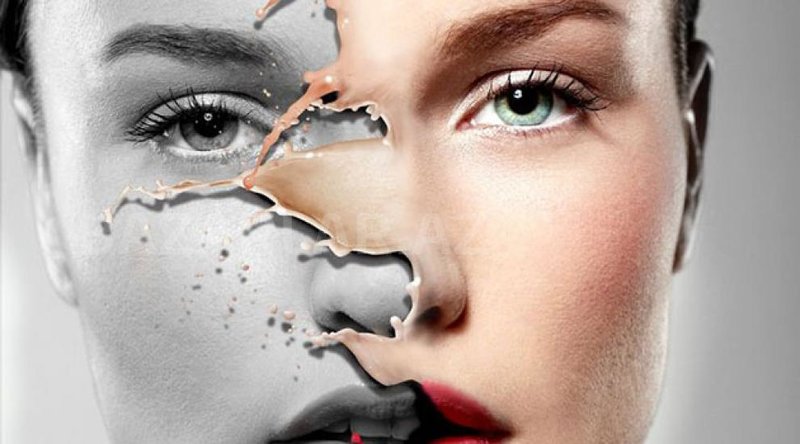
Biorevitalization is a course of injection of hyaluronic acid, which is done in almost the entire visible area of the upper body - face, neck, décolleté, hands. It is not cheap because of the cost of the drug itself.
Prior to the procedure, the cosmetologist examines the skin and identifies contraindications. The client must also give written consent to conduct biorevitalization. If you have any questions, you should ask your doctor.
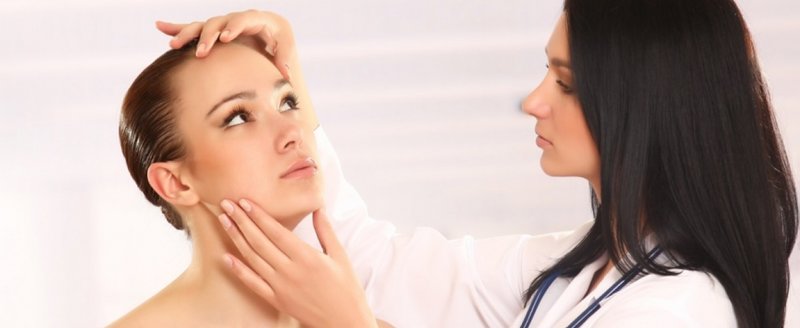
Conduct from 3 to 5 procedures with breaks in 2-3 weeks. One session takes a professional from 30 minutes to an hour. Depends on the speed of the cosmetologist and on the sensitivity of the client’s skin. The injection of 1 ml in one zone takes 10-15 minutes.
The procedure is well tolerated by customers, since during its implementation, the master always uses anesthetics. But, there are especially sensitive areas, for example, chin, interbrow and nasolabial folds. The steps of the procedure are described below.
Step 1: preparing for the procedure. Examination of the skin of the face and the exclusion of contraindications. Be sure to use disposable materials - a sheet, a hat, etc. A cosmetologist who works with injections also uses personal protective equipment - a mask, glasses, gloves.
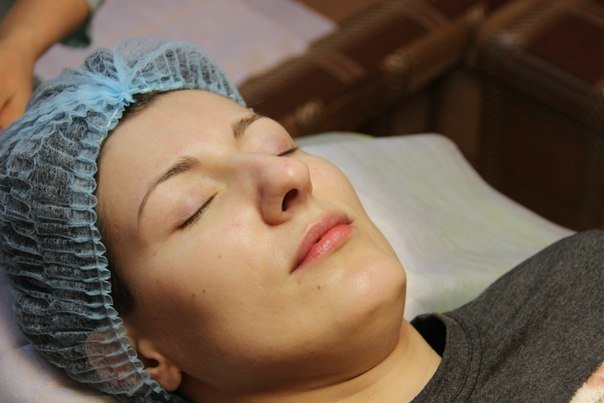
Step 2: disinfection. Pre-cleaned skin is disinfected with a solution of chlorhexidine bigluconate.
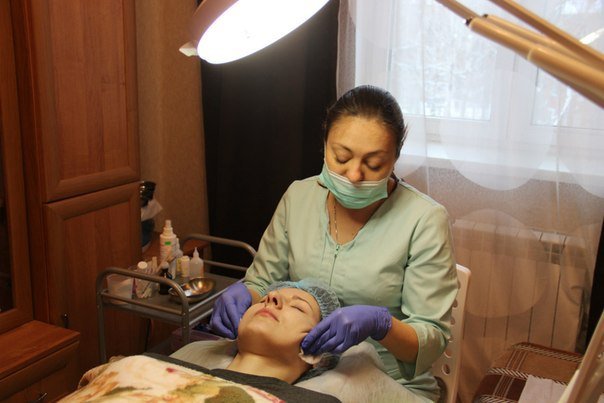
Step 3: anesthesia. A local anesthetic in the form of a cream is applied to prepared, sterile skin over the entire surface. It is applied proportionally and individually for each client. On sensitive areas it is applied in a thicker layer.
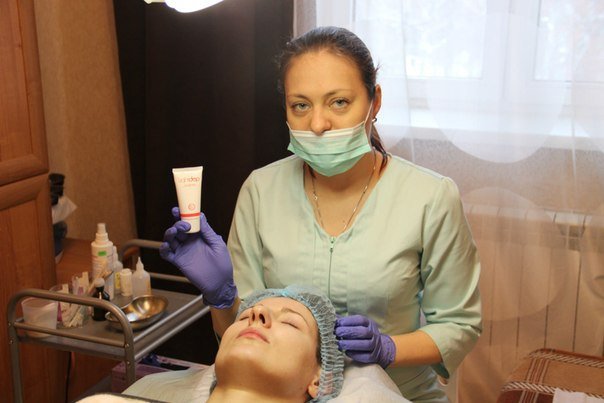
Step 4: film overlay. An anesthetic-treated area is coated with a cling film for 30 minutes. Thus, an occlusion effect is created, in which the pores expand, the skin softens and moisturizes, and the anesthetic penetrates better and deeper.
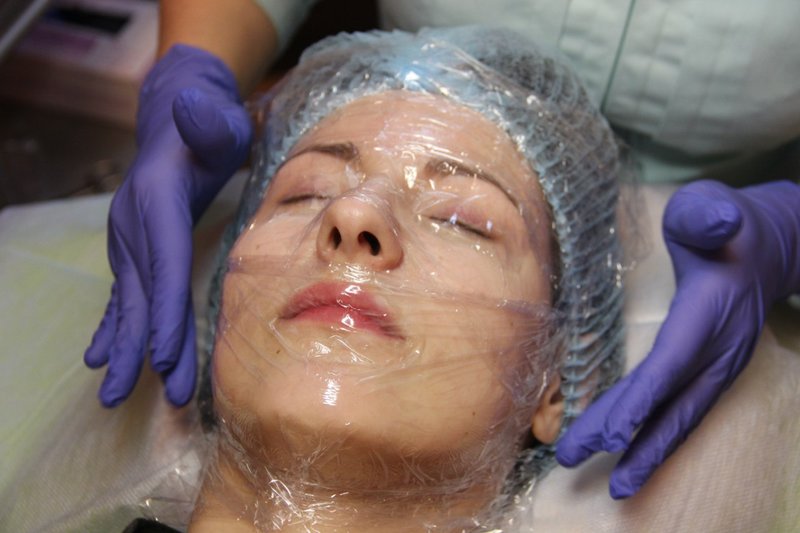
Step 5: administration of a hyaluronic acid-based drug. The drug includes the presence of an individual syringe in the package. After recruiting the drug into it, a control injection is done to check the pain and immediate allergic reactions. If there is no discomfort or allergy, proceed to the procedure.

They inject micro ampules in a checkerboard pattern, starting from top to bottom. The area of the eyes and forehead is processed, then wrinkles, smiles and the lower third of the face, including the parotid zone. A normal reaction to the drug is redness and swelling of the papules.
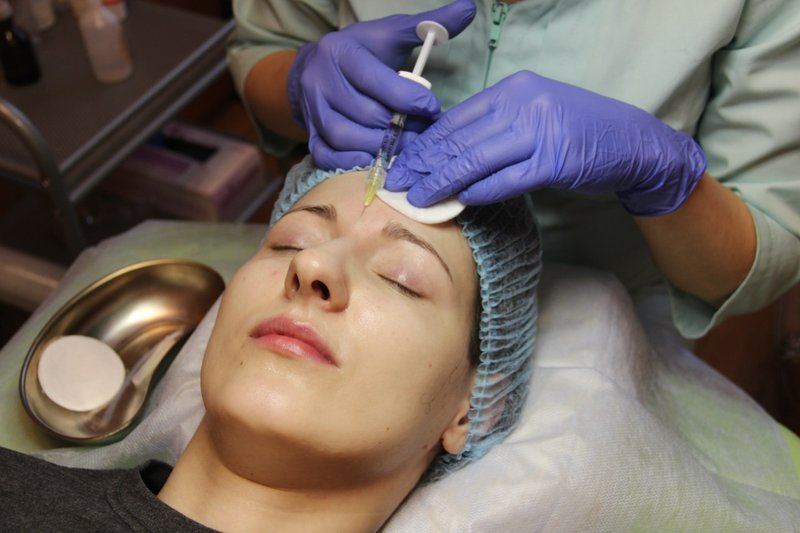

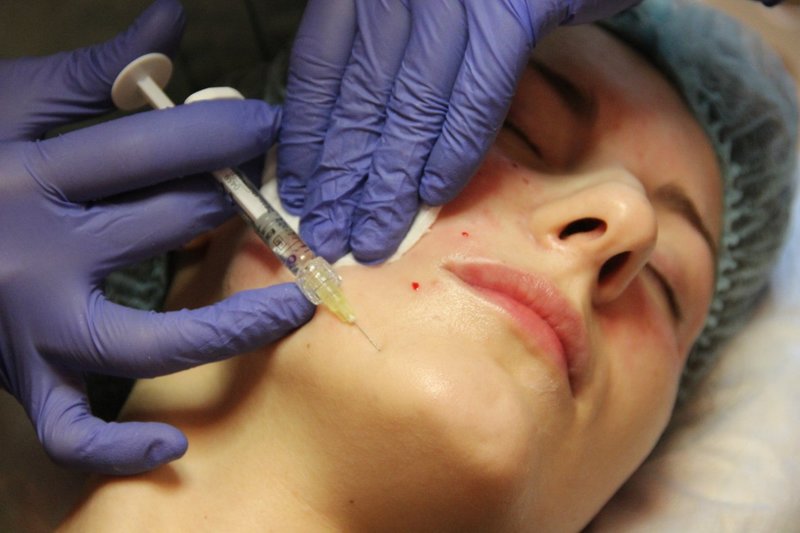
It should be emphasized that one of the best drugs of the new generation for biorevitalization is Pierre Fabre's Glytone.
Manufacturers of GLYTONE PROFESSIONAL 1 - 1.0 ml (France) promise the following effects:
- The density of the dermis will increase 1-2 months after the course of procedures;
- Skin radiance will last more than 3 months;
- Increases skin elasticity;
- Pronounced skin lifting and the elimination of fine wrinkles.
Step 6: fixing the drug sticker on the arm. A sticker with the name and series of the drug is fixed so that in case of delayed allergic reactions, emergency doctors correctly diagnose them and provide the necessary assistance.
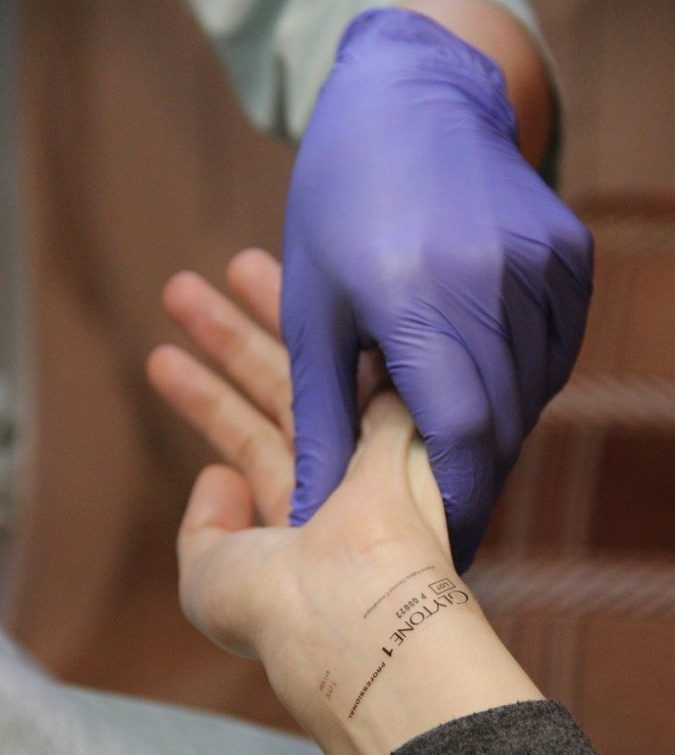
Step 7: skin treatment after the procedure. The face is wiped with a solution of skin antiseptic. You can also do a collagen mask and LED therapy, just a few minutes after biorevitalization.
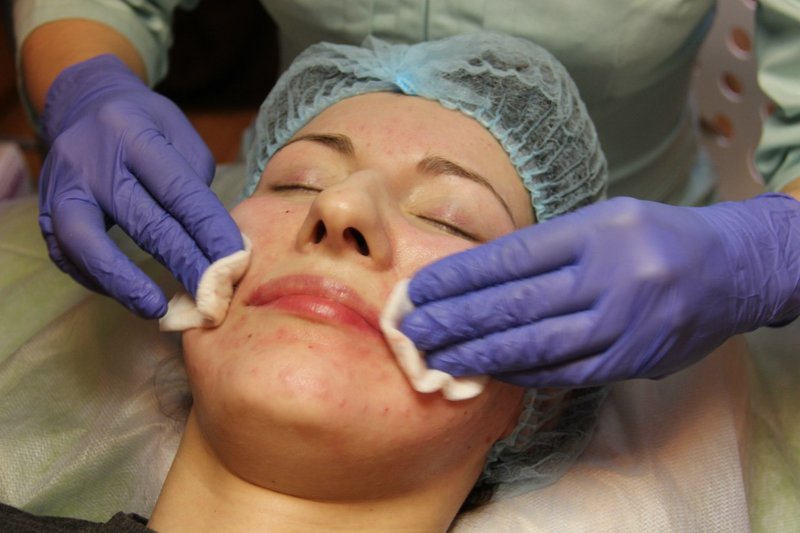
What can not be done after biorevitalization?
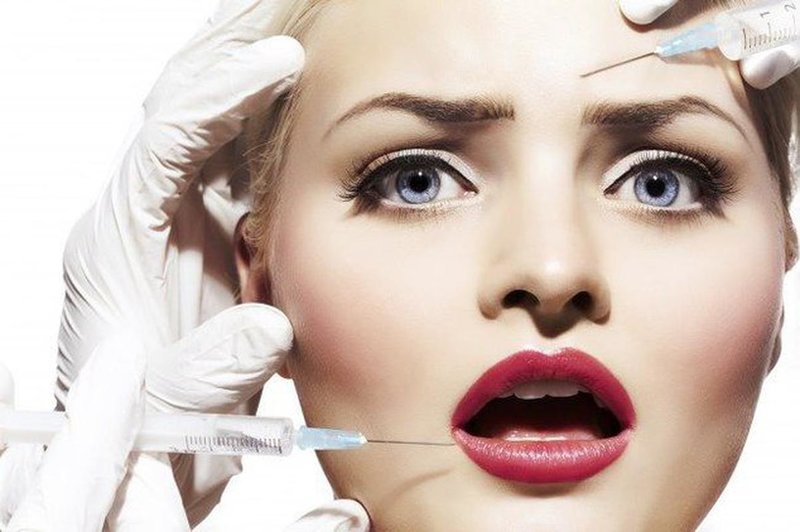
After biorevitalization, the cosmetologist always gives recommendations on what to avoid after the procedure and what care is required. These rules must be strictly adhered to, since the outcome will depend on this.
After biorevitalization is impossible:
- Touch the skin of the face for 3-4 hours, in order to avoid infection of the papules;
- Smooth or squeeze out the resulting papules;
- Use any cosmetic products for about 3 days;
- Sit for a long time with your head down (which often involves work), as tissue swelling may develop;
- Subject to sudden temperature changes;
- Massage your face or do facial exercises;
- Comb papules. If itching occurs, an antihistamine should be taken;
- Go in for sports for about 3 days and other physical activities.
Facial skin care after biorevitalization
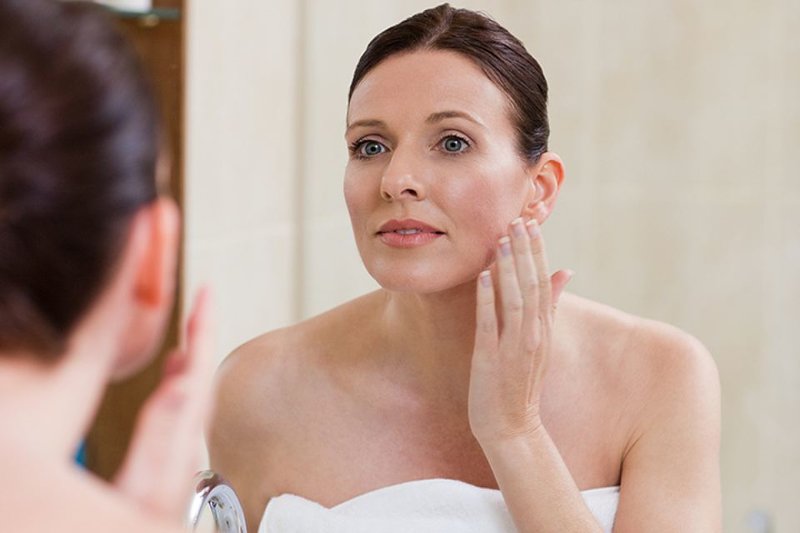
After the biorevitalization procedure, edema, bruising, subcutaneous hemorrhage (rarely), traces from injections and papules may occur. The skin turns red, but this is a temporary phenomenon, since hyperemia passes after about half an hour or an hour. Papules and subcutaneous hemorrhages pass within 2-3 days.
You should not expect that you will immediately become like a model from a glossy magazine. To achieve the desired result will allow only proper care in the first few days.
To speed up the healing and recovery process after the procedure, you must:
- Treat the skin with antiseptic solutions that do not contain alcohol,
2 times a day; - Refuse spicy and salty foods and foods that retain fluid in the body;
If the procedure was in the morning, then in the evening you can allow standard, home care, in addition to using masks; - For 2-3 days, hydrogel and decongestant patches for the eyes and post-injection masks are recommended;
- Wash with cool water;
- After 5-7 days, you can make collagen masks with hyaluronic acid, until the next procedure or course.
Biorevitalization can be combined with other cosmetic procedures, with a break between them in 1-2 weeks. For example, a combination with laser resurfacing is performed both before and after this procedure to achieve a more pronounced rejuvenation effect.
Also, biorevitalization with Botox is simultaneously combined. This helps to improve skin quality, correct facial contours and eliminate wrinkles. A biorevitalization course before the peeling procedure helps the quickest recovery and accelerate the rejuvenation process.
Possible complications
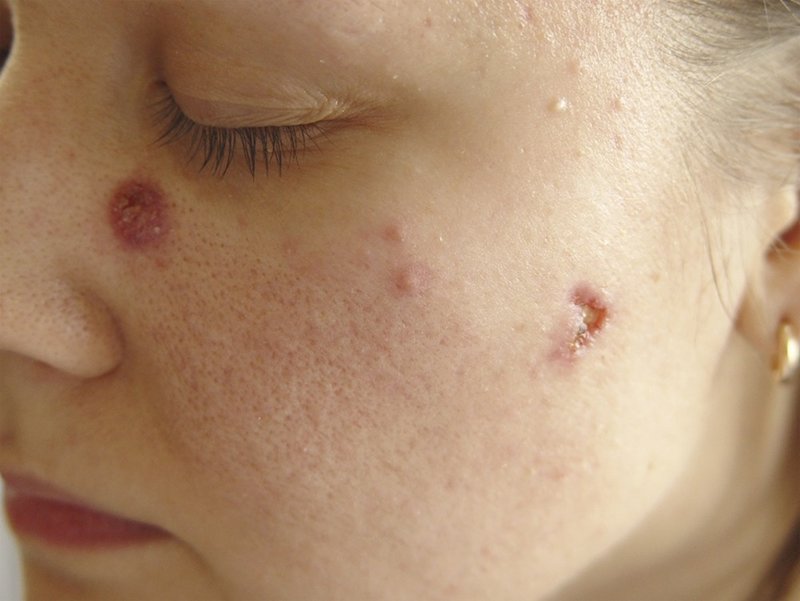
Any procedure using various synthetic and organic drugs by injection has a chance of complications. This is due to both unaccounted contraindications and delayed allergic reactions, and improper care after the procedure or the lack of professionalism of the cosmetologist.
Recovery after biorevitalization is fast enough. Pallor or redness of the skin and swelling may occur, but these are temporary side effects. The most important aspect in skin care is to prevent infection of microdamages after injections.
As for the complications, they can be:
- Early that appear immediately after injection;
- Deferred, which occur after a few days.
By severity, complications are divided into mild, moderate, and severe.
TO serious complications include:
- Violation of the sensitivity of the skin;
- Blockage of blood vessels;
- Tissue mortification;
- Tissue densification;
- Tyndall effect;
- The appearance of nodes on the surface of the skin;
- Proliferation of connective tissue;
- Hyperpigmentation and depigmentation.
Despite all the possible complications, biorevitalization remains one of the popular and effective methods of rejuvenation.
